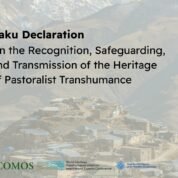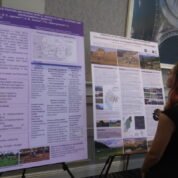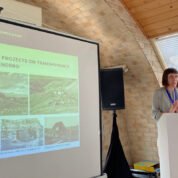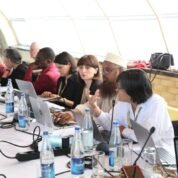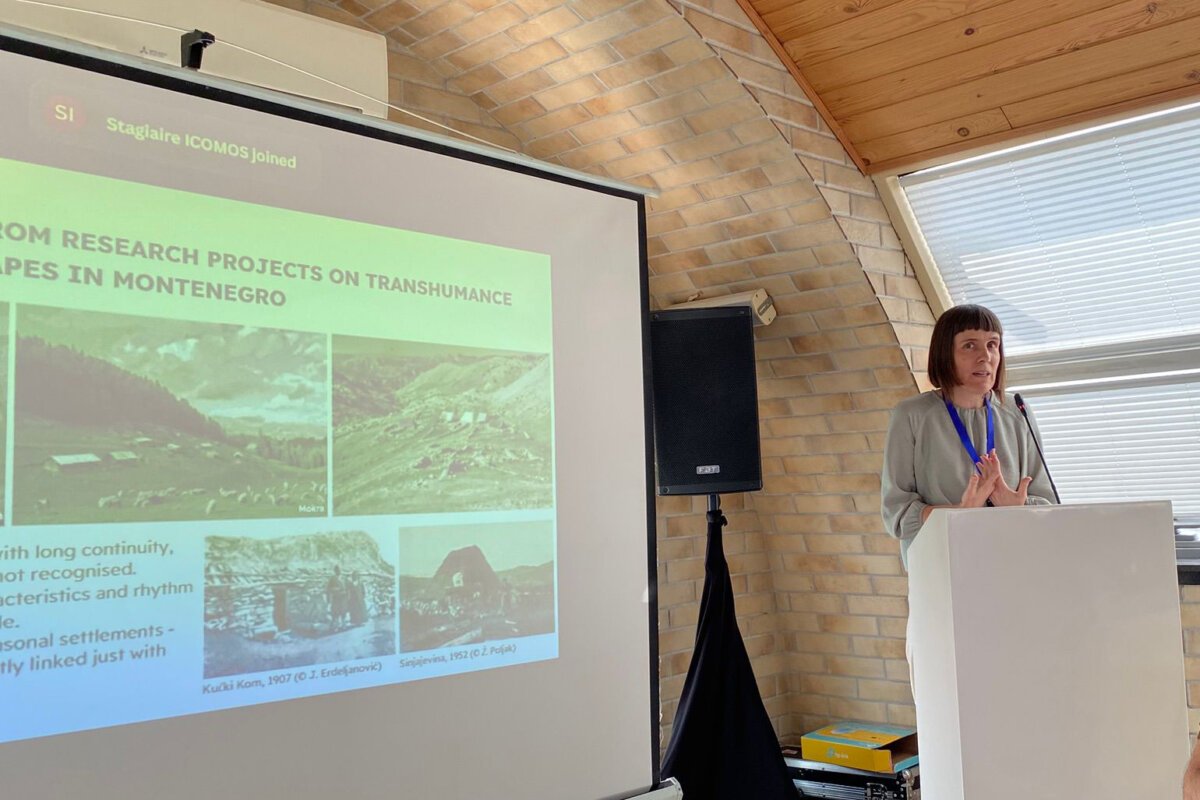
Representatives from Montenegro participated in the international expert conference “Transhumance Landscapes of Global Significance”, held in Baku, Azerbaijan, on June 23–24, 2025, as part of the ICOMOS World Heritage and Transhumance Initiative. The conference was hosted by the State Tourism Agency of the Republic of Azerbaijan.
(Transhumance—from French transhumant, derived from trans- + Latin humus: earth—is a term used for seasonal pastoral movements, the traditional practice of seasonal migration of livestock and human communities. In Montenegro, it is most often referred to as “izdig” to the mountains or “katuns”.)
The event gathered experts from leading international organizations, including the Food and Agriculture Organization of the United Nations (FAO), the United Nations Environment Programme (UNEP), ICOMOS, and the International Union for Conservation of Nature (IUCN). Participants included experts from the United States, China, the United Kingdom, Spain, Canada, Italy, Germany, Austria, Turkey, France, Montenegro, Kenya, Ghana, Benin, South Africa, Uzbekistan, and Georgia, as well as researchers from academic institutions and local specialists.
The conference focused on landscapes shaped by pastoral transhumance, aiming to examine such cultural landscapes in different regions of the world and to address the urgent need for their identification, preservation, and sustainable development in the context of climate change and socio-economic transformations.
Participants also discussed the potential for including transhumance landscapes on the World Heritage List, with particular attention given to the example of the Cultural Landscape of the Khinalig People and the transhumant route “Köç Yolu” in Azerbaijan, which was inscribed on the UNESCO World Heritage List in 2023.
Among 15 posters selected from over 50 submitted from around the world, the conference featured a poster on activities related to katuns in Montenegro carried out over the past ten years by various stakeholders. The poster, titled “Activities on the Identification and Protection of the Cultural Landscape of Katuns in Montenegro,” was authored by Aleksandra Kapetanović from EXPEDITIO Center for Sustainable Spatial Development, Ivan Laković from the Historical Institute of the University of Montenegro, Jelena Krivčević from the Regional Development Agency for Bjelasica, Komovi and Prokletije, and Pablo Dominguez from the Eco-Anthropology Laboratory of the French National Center for Scientific Research (CNRS). Aleksandra Kapetanović attended the conference on behalf of the author team.
The conference adopted the Baku Declaration on the Recognition, Safeguarding and Transmission of the Heritage of Pastoral Transhumance, which calls for action by all actors within complex, multilayered governance networks worldwide to focus attention on understanding and valuing the heritage of pastoral transhumance and its role in shaping landscapes and societies. The declaration also urges the recognition of the rich diversity of knowledge and expressions embodied by transhumance, the acknowledgment of the key benefits this culture and its relationship with nature bring, and support for efforts to document, preserve, and pass on the knowledge, skills, innovations, and landscapes shaped by transhumance to future generations—while achieving a balance between sustainability and associated challenges and trade-offs. The declaration also supports initiatives aimed at identifying landscapes that may have global significance.
Baku Declaration on the Recognition, Safeguarding and Transmission of the Heritage of Pastoral Transhumance
https://www.icomos.org/actualite/baku-declaration-adopted-at-the-transhumance-expert-conference/



